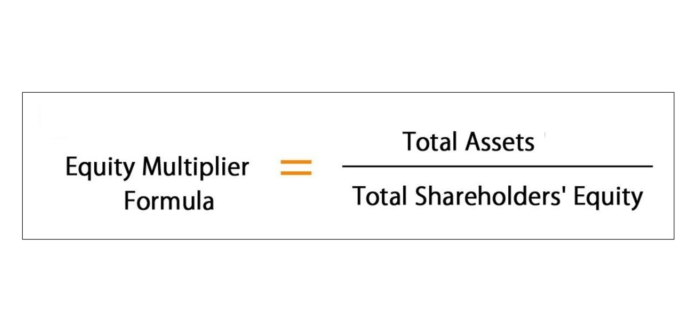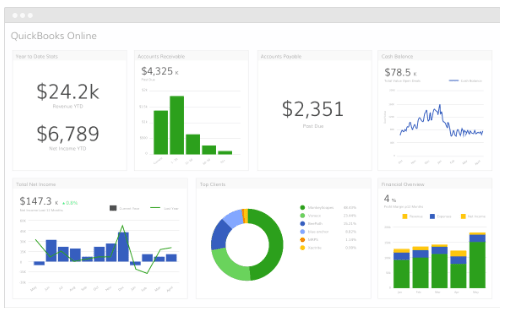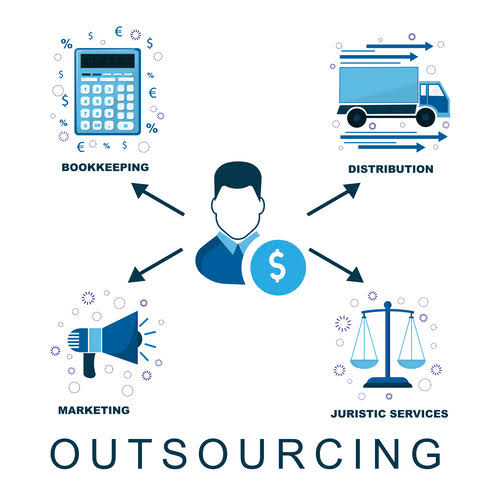
The cash flow statement is another area significantly affected by dividend payments. The outflow of cash to settle dividends payable is recorded under financing activities, reflecting the company’s distribution of earnings to shareholders. This outflow reduces the net cash provided by financing activities, which can influence the overall cash position of the company. For firms with substantial dividend payouts, this dividend account reduction in cash reserves can impact their ability to invest in growth opportunities or weather financial downturns. Accounting for dividend payments is a critical part of the cash flow process in any business.
Stock Dividends
- Accurate timing and recording of these entries are essential to ensure that financial statements reflect the company’s financial position and cash flows correctly.
- The journal entry typically involves debiting the Retained Earnings account and crediting the Dividends Payable account.
- For the past 52 years, Harold Averkamp (CPA, MBA) hasworked as an accounting supervisor, manager, consultant, university instructor, and innovator in teaching accounting online.
- The journal entry would involve debiting Retained Earnings and crediting Common Stock and Additional Paid-In Capital.
- When a company declares a cash dividend, it must record a liability on the declaration date, reflecting the obligation to pay shareholders.
- Investors and analysts must consider these ratios in the context of the company’s overall strategy and industry norms.
The accounting for cash dividends involves reducing the company’s cash balance and retained earnings. The initial declaration entry, as previously discussed, does not affect the cash balance immediately but does reduce retained earnings to reflect the pending payout. This transaction is straightforward and directly impacts the company’s liquidity, necessitating careful cash flow management to ensure that operational capabilities are not compromised.

Capitalizing Software Development Costs in Financial Reporting

A stock dividend is when a company issues additional shares of its own stock to its shareholders, usually in proportion to the number of shares they already hold. The value of the dividend is determined by the current market price of the stock. When cash dividends are declared, if there is any preferred stock outstanding, the dividends have recording transactions to be applied to the preferred stock first. We’ll tackle that in the next section after you check your understanding of accounting for cash dividends in general. Therefore, cash dividends reduce both the Retained Earnings and Cash account balances. Accounting for dividends is necessary to maintain the company’s financial health and satisfy shareholders.
Cash Flow Statement

As noted, this is often referred to as capitalizing retained earnings, because a portion of retained earnings becomes part of the firm’s permanent invested capital. In effect, after the stock dividend, each individual shareholder Partnership Accounting owns the same proportionate share of the corporation as he or she did before. Therefore the cost per share to the investor is reduced to $50 per share ($60,000 + 1,200 shares), from the original $60 per share. No dividends are paid on treasury stock, or the corporation would essentially be paying itself. It can be easy to forget about dividend payments when calculating your profit and loss statements at the end of each year.

What is your current financial priority?

Therefore, companies need to distribute dividends to satisfy those shareholders. There are many reasons why a company needs to distribute dividends to its shareholders. First of all, shareholders need some form of return for their investment in a company. Therefore, to provide them with the return they expect from their investment, the company must pay a dividend to them. The process involves specific journal entries that must be meticulously recorded to ensure accuracy in financial statements. To record the payment of a dividend, you would need to debit the Dividends Payable account and credit the Cash account.
- If you have substantial retained earnings, your company might be hesitant to pay out that money in dividends for fear of having insufficient funds for future buying opportunities.
- For instance, when the company in the above example pays its shareholders dividends of $10,000, it must use the following accounting treatment to record the transaction.
- It is because dividends, as mentioned above, are a decrease in the retained earnings of a company.
- During this period, the company’s stock may trade “ex-dividend,” signaling that new buyers are not entitled to the declared dividend.
- A business in the process of growing may need the cash to fund expansion, and might be better served by retaining the profits and using the internally generated cash rather than borrowing.
- By reducing retained earnings, dividends can lower the equity base, potentially inflating the ROE.
- When a company distributes dividends, it does so from its after-tax profits, meaning the company has already paid corporate income tax on these earnings.